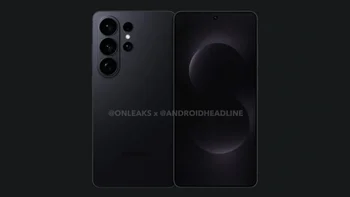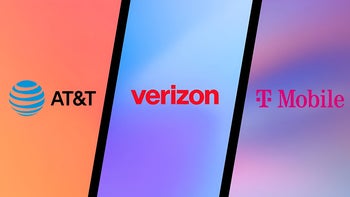Cheaper Apple Vision Pro 2 will have much lower display specs
We may earn a commission if you make a purchase from the links on this page.

Apple's $3,500 Vision Pro headset isn't selling very well, and the team in Cupertino thinks that it is because of its pricing, rather than a general lack of market interest in mixed reality devices.
It is hence preparing to offer a much more affordable version of its AR/VR head hear, which, however, will reportedly offer much lower specs, too. According to Korean media The Elec, Apple is probing Korean suppliers like Samsung, Japanese like JDI, and Taiwanese display makers for the cheaper Vision Pro screens.
While the current $3,500 Vision Pro that was released earlier this year offers the whopping 3,391 pixels per inch (ppi) screen density, the sample that Apple has obtained from JDI only offers 1,500ppi.
This indicates that Apple is ready to make Vision Pro specs compromises with the most expensive part of the mixed reality headset in order to get to a much lower starting price. The current Vision Pro displays are supplied by Sony, and they are made with the rather pricey OLED on silicon (OLEDoS) technology, making them lighter and more durable.
Also read: Apple Vision Pro 2 release date expectations, price estimates and upgrades
JDI also uses the Sony microOLED display tech for the sample it has given to Apple, but halving the pixel density probably means that it has printed the pixels on a glass, instead of a silicone substrate.
The OLED-on-glass production method is much cheaper and has likely allowed JDI to offer Apple significantly lower prices. Apple has also tasked Samsung with providing it a sample, but for the Koreans the goal is to make a micro display for the Vision Pro that still uses OLEDoS technology, yet make it cheaper by lowering the density to 1,700 ppi from the current 3,394 on the Vision Pro.
This way Apple will be able to equip the cheaper Vision Pro 2, or whatever it gets named, with a lower pixel density display to keep costs in check, but one that is still light and durable like on the original Vision Pro.
Follow us on Google News













Things that are NOT allowed:
To help keep our community safe and free from spam, we apply temporary limits to newly created accounts: